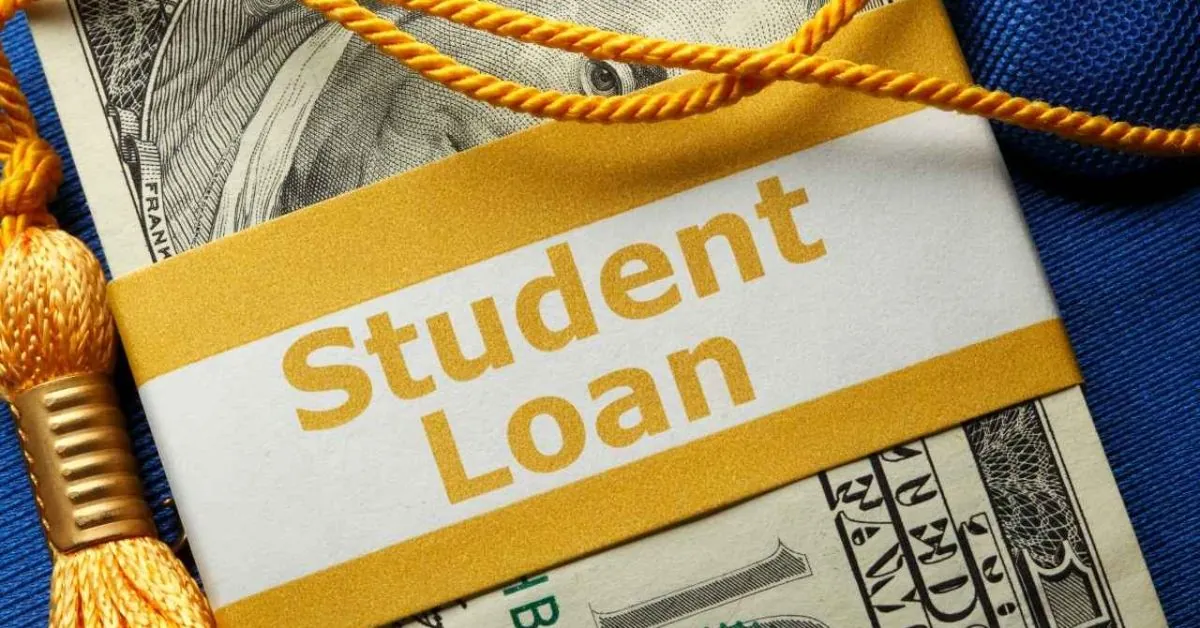Student loan debt has become a critical issue in the United States, surpassing $1.7 trillion and impacting over 45 million borrowers. The rapid rise in college tuition, outpacing wage growth, has exacerbated the financial strain on students and graduates. To address this growing crisis, various government-sponsored loan forgiveness programs aim to alleviate debt burdens and provide financial relief to eligible borrowers.
Understanding these programs and their eligibility requirements is essential for borrowers seeking to regain financial stability. This article explores the key forgiveness programs, their criteria, and how borrowers can navigate the application process effectively.
What is Student Loan Forgiveness?
Student loan forgiveness is a government initiative designed to cancel part or all of a borrower’s outstanding student debt. These programs are often targeted at specific groups, including public service workers, teachers, low-income individuals, and those affected by fraudulent educational practices.
The benefits of forgiveness programs can be life-changing, enabling borrowers to focus on personal and professional growth without the heavy burden of debt. However, accessing these programs requires meeting stringent eligibility criteria and adhering to detailed processes.
Key Student Loan Forgiveness Programs
1. Public Service Loan Forgiveness (PSLF)
PSLF is designed for borrowers working in public service roles, including government and non-profit sectors. Under this program, borrowers can have their remaining loan balance forgiven after making 120 qualifying monthly payments while employed full-time by a qualifying employer.
Eligibility Requirements:
- Loan Type: Only Direct Loans are eligible.
- Employment: Must work full-time for government or qualifying non-profits.
- Repayment Plan: Must be enrolled in an Income-Driven Repayment (IDR) plan.
- Payments: 120 qualifying payments are required.
Borrowers must regularly submit an Employer Certification Form to verify their continued eligibility.
2. Income-Driven Repayment (IDR) Forgiveness
The IDR forgiveness program targets borrowers whose loan payments are unmanageable due to low income. Borrowers enrolled in an IDR plan make payments based on their discretionary income, with any remaining balance forgiven after 20-25 years, depending on the plan.
| IDR Plan | Payment Percentage | Forgiveness Timeline |
|---|---|---|
| PAYE | 10% of discretionary income | 20 years |
| REPAYE | 10% of discretionary income | 20-25 years |
| IBR | 10-15% of discretionary income | 20-25 years |
| ICR | 20% of discretionary income or fixed 12-year payment | 25 years |
3. Teacher Loan Forgiveness
This program supports teachers working in low-income schools by offering up to $17,500 in loan forgiveness. Eligible borrowers must teach full-time for at least five consecutive years in an underserved community.
Key Details:
- Teaching Service: Five consecutive years in a qualifying school.
- Loan Type: Direct Loans or FFEL Loans.
- Subjects Taught: Focused on high-need areas like mathematics, science, and special education.
Teachers cannot simultaneously benefit from PSLF for the same service period.
4. Borrower Defense to Repayment
Borrower Defense is available to individuals who believe they were misled or defrauded by their educational institution. If proven, borrowers may have their loans partially or fully discharged.
Requirements:
- Loan Type: Direct Loans (others may require consolidation).
- Evidence: Proof of fraudulent or misleading practices by the school.
- Forgiveness Timeline: Varies based on case complexity.
Steps to Apply for Student Loan Forgiveness
Successfully navigating the forgiveness application process involves several steps:
- Identify the Right Program: Evaluate your situation to determine the most appropriate forgiveness option, such as PSLF, IDR, Teacher Loan Forgiveness, or Borrower Defense.
- Verify Loan Eligibility: Confirm that your loans qualify. Some programs require Direct Loans, while others allow consolidation of ineligible loans.
- Prepare Required Documentation: Gather necessary paperwork, such as employment certifications, income verification, or evidence of institutional misconduct.
- Submit Applications: Apply through the Federal Student Aid website and provide all required forms, such as the Employer Certification Form for PSLF.
- Monitor Application Status: Regularly check your application progress and maintain communication with your loan servicer.
Documentation Checklist for Forgiveness
- Employment Verification Forms: Required for PSLF and Teacher Loan Forgiveness.
- Income Proof: Needed for IDR plans.
- Consolidation Applications: Necessary if loans require consolidation for eligibility.
- Evidence of Fraud: Critical for Borrower Defense claims.
Conclusion
Student loan forgiveness programs provide essential relief for millions of borrowers facing significant financial challenges. Understanding the eligibility criteria, repayment plans, and application processes can help borrowers take full advantage of these opportunities. With diligent planning and thorough documentation, borrowers can pave the way to a debt-free future and greater financial stability.




![Tyson Foods Plant [Photo: Food Manufacturing]](https://southarkansassun.com/wp-content/uploads/2023/08/iStock_1185520857__1_.5e441daa51cca-600x337.jpg)







![Silverado Senior Living Management Inc. [Photo: Los Angeles Times]](https://southarkansassun.com/wp-content/uploads/2023/10/download-6-4-600x337.jpg)

![China's Wuhan Institute of Virology [Photo: Nature]](https://southarkansassun.com/wp-content/uploads/2023/09/d41586-021-01529-3_19239608-600x337.jpg)
















